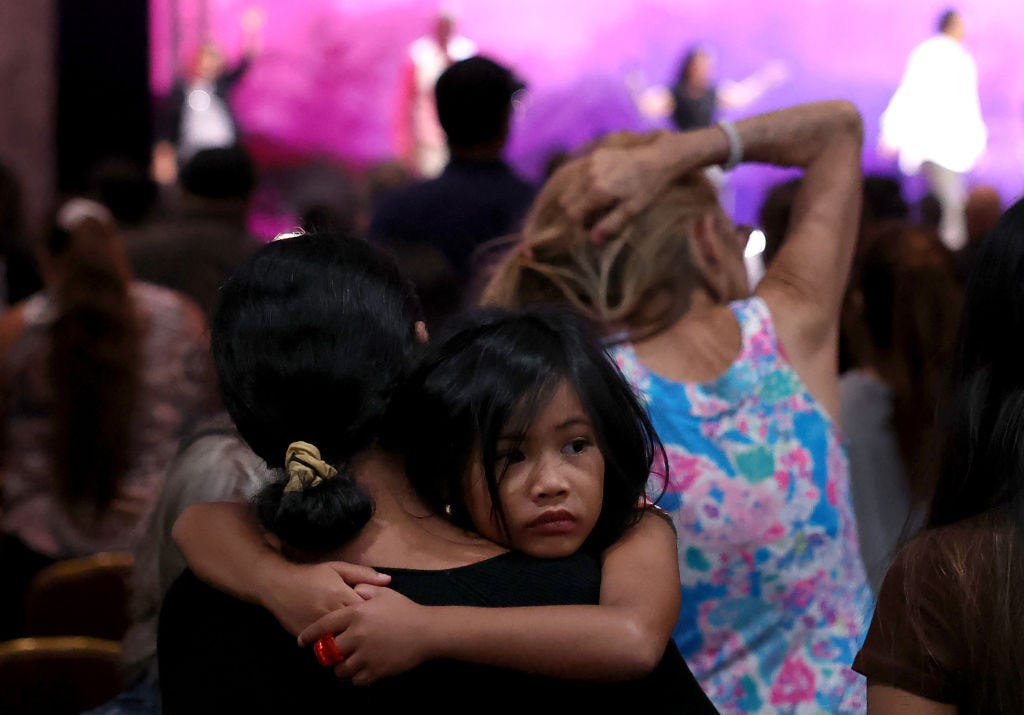Justice for Hawaii?
Hawaii youth are seeking accountability for climate change amid historic wildfires. Plus, an analysis of climate mentions in breaking wildfire news coverage.

Before the wildfires that would eventually become the deadliest in U.S. history broke o…


